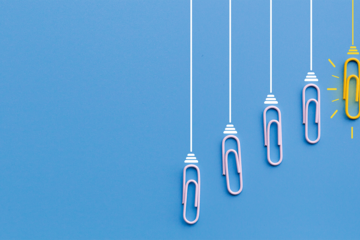Description
Global education helps students develop their capacity to be informed, open-minded, and responsible people who are responsive to diverse perspectives. Global education prepares us to address the world’s most pressing issues collaboratively, equitably, and sustainably. Global education helps students understand that pressing issues must be faced in an interdisciplinary way, given the complexity of environments and competing needs and interests.
Through global education, students will prepare to thrive and lead change in an interconnected world. Students will engage in dimensions of cultural diversity to reach common understandings and goals. Through a stronger awareness of global issues, students will be able to address today’s greatest challenges and make a difference in the world, both collaboratively and equitably.


